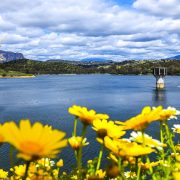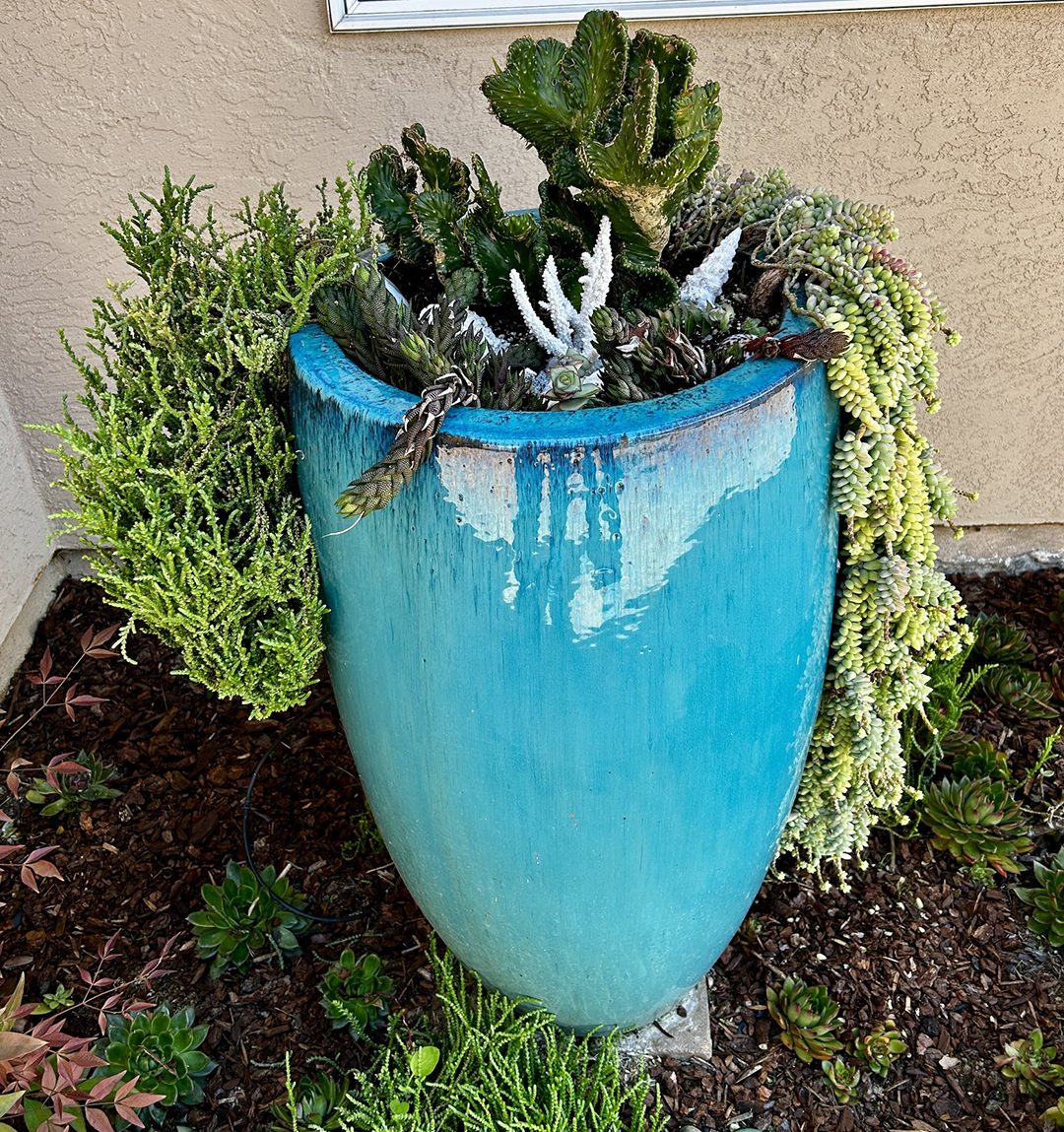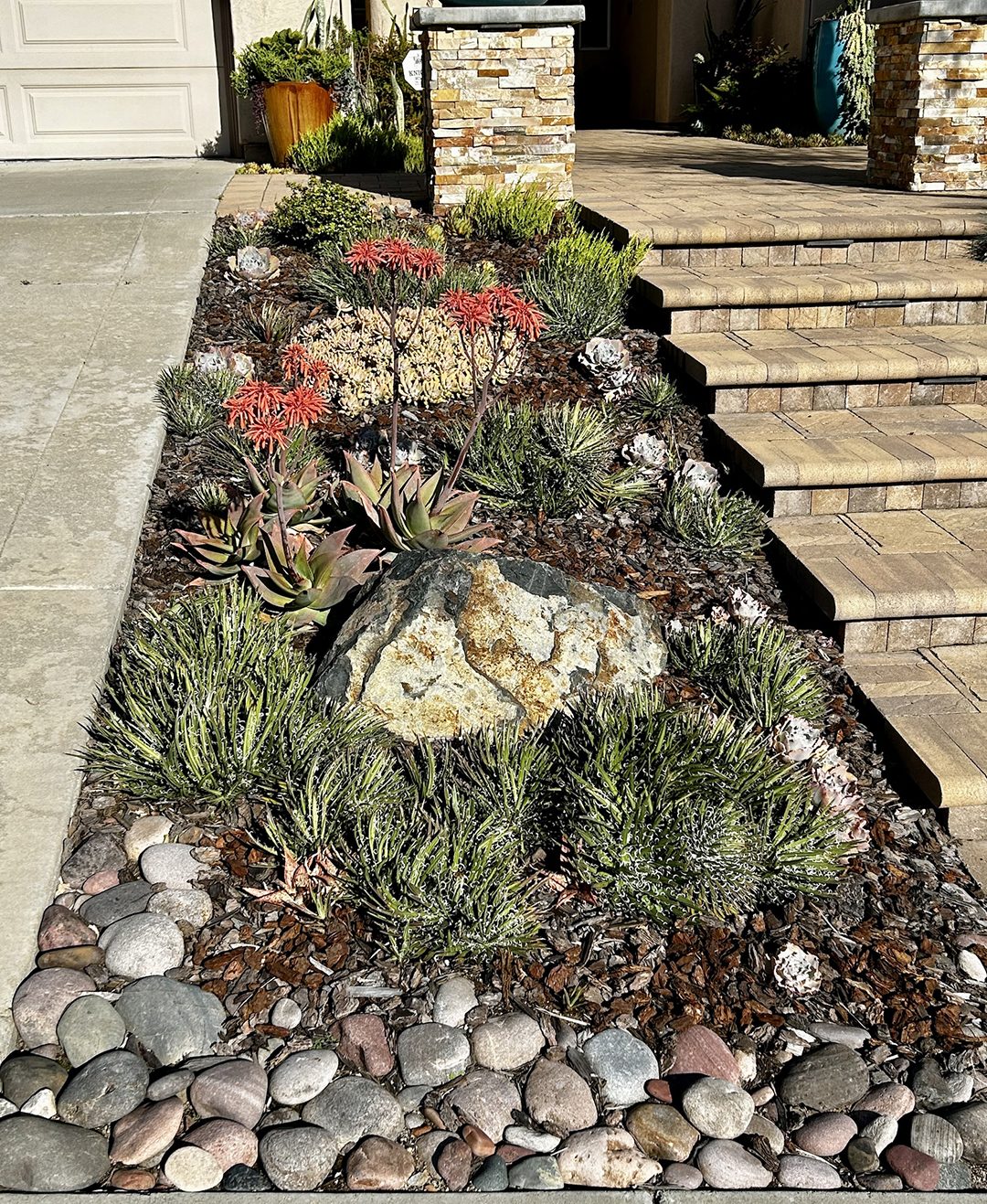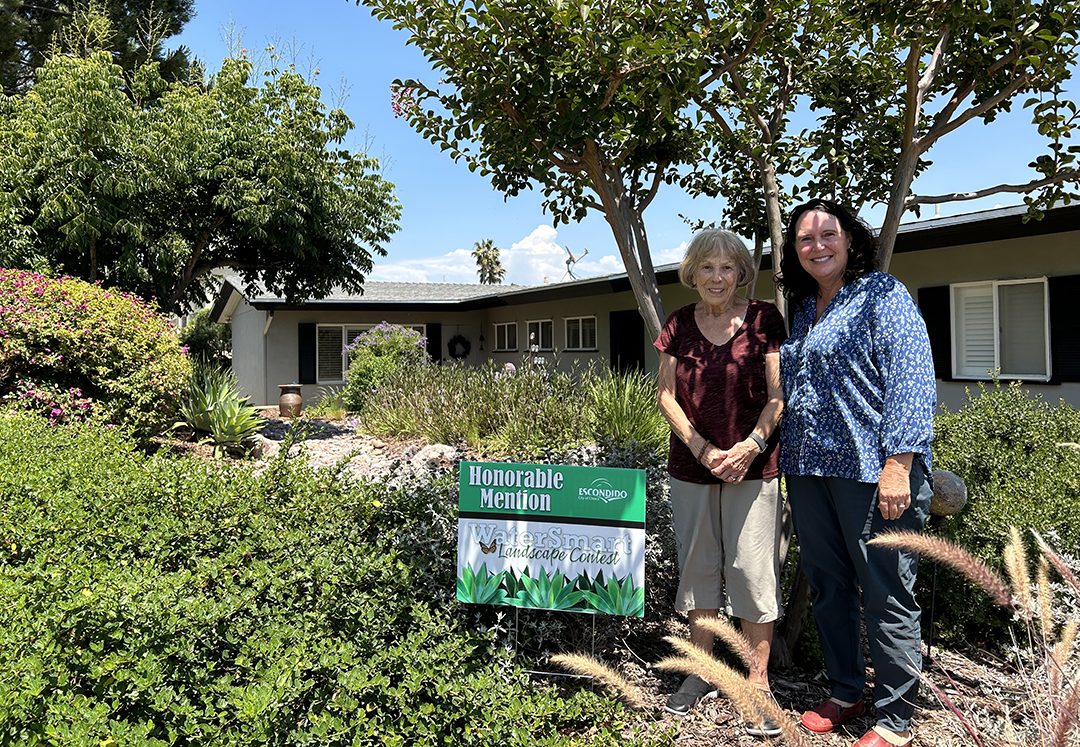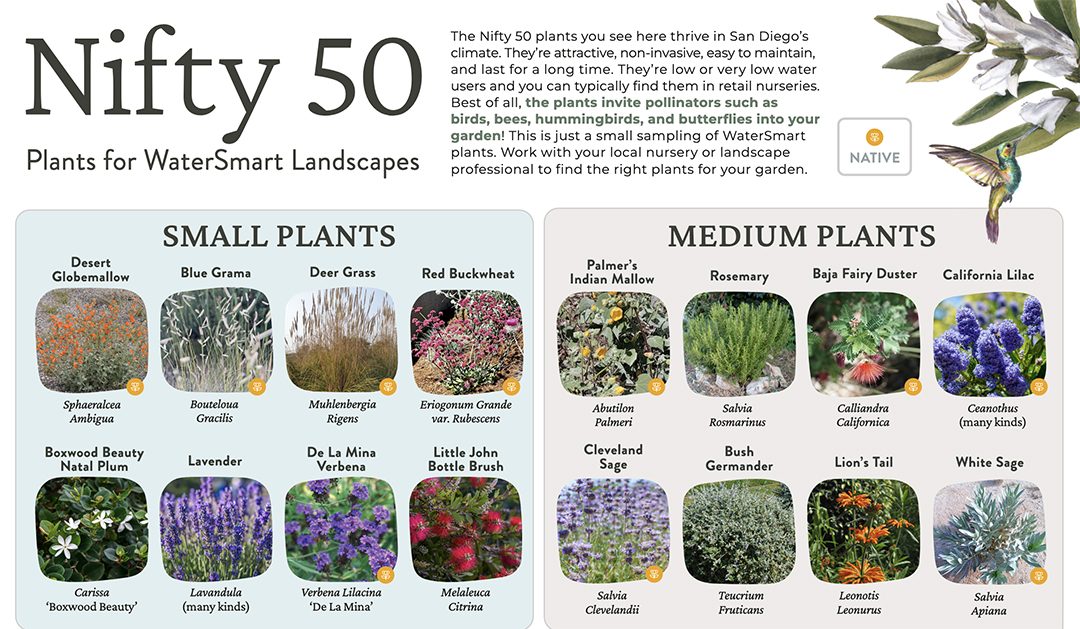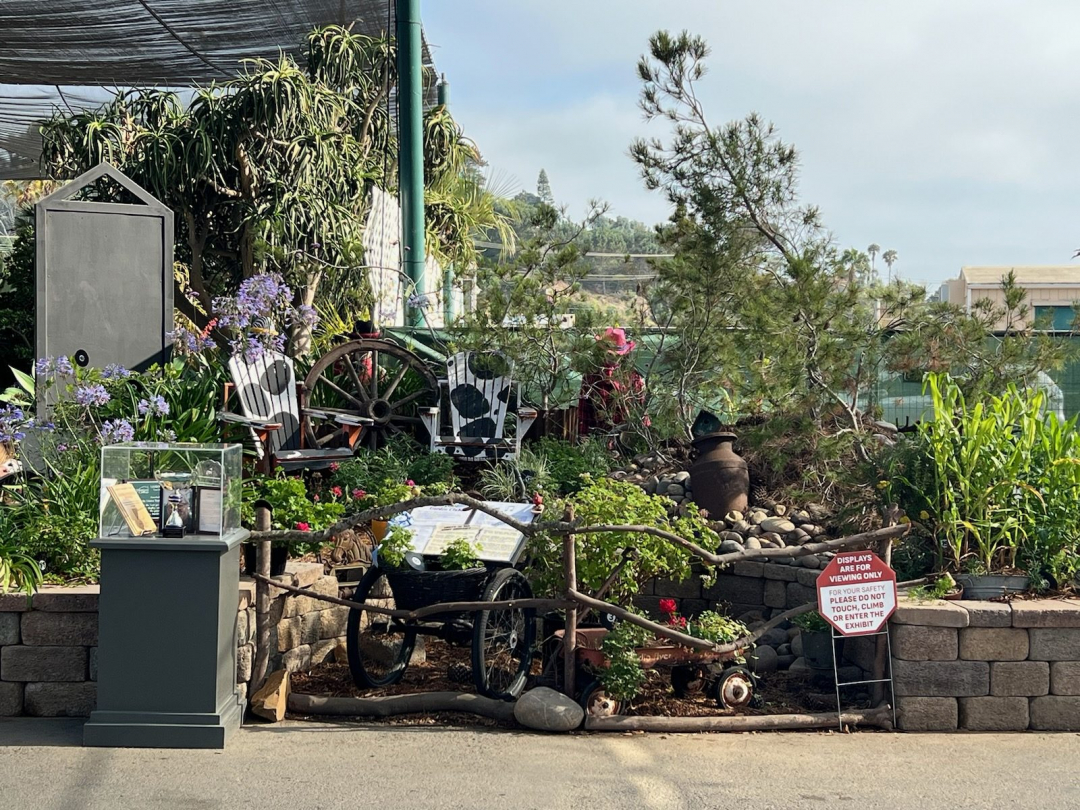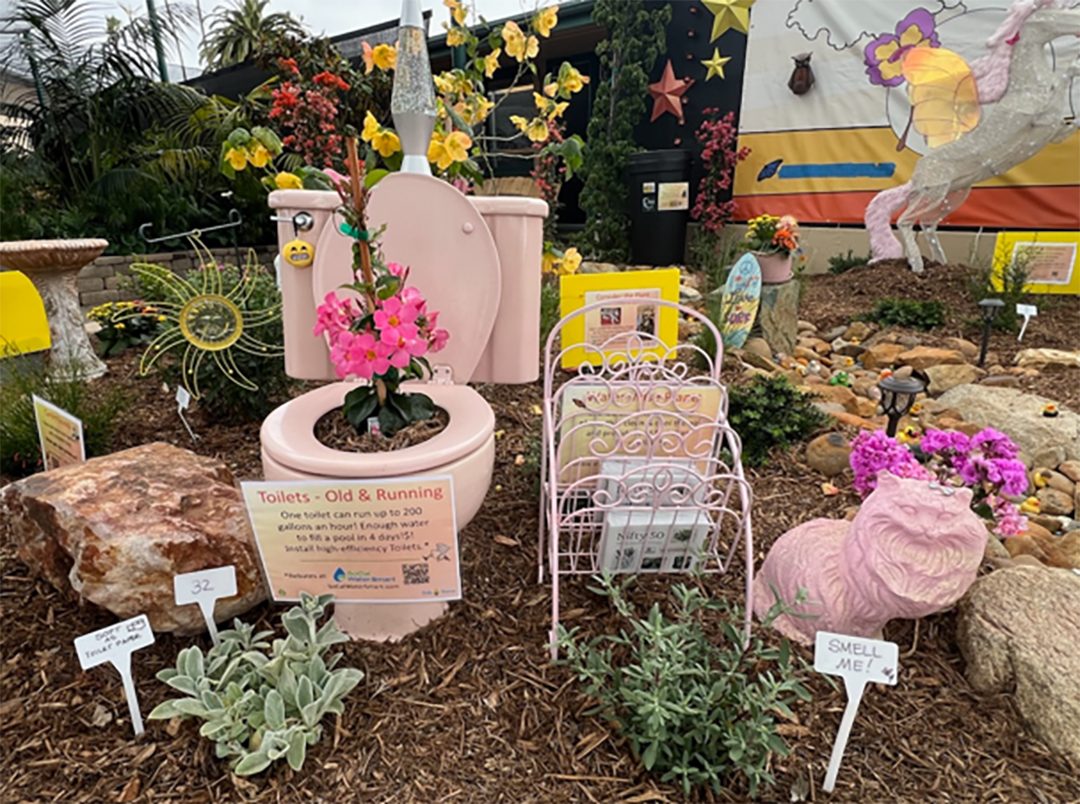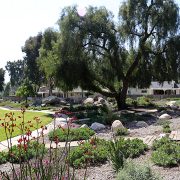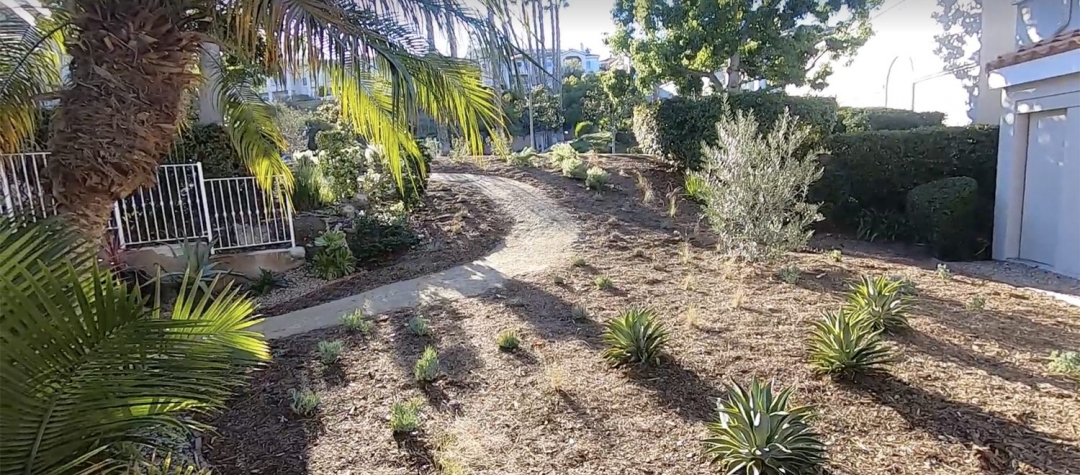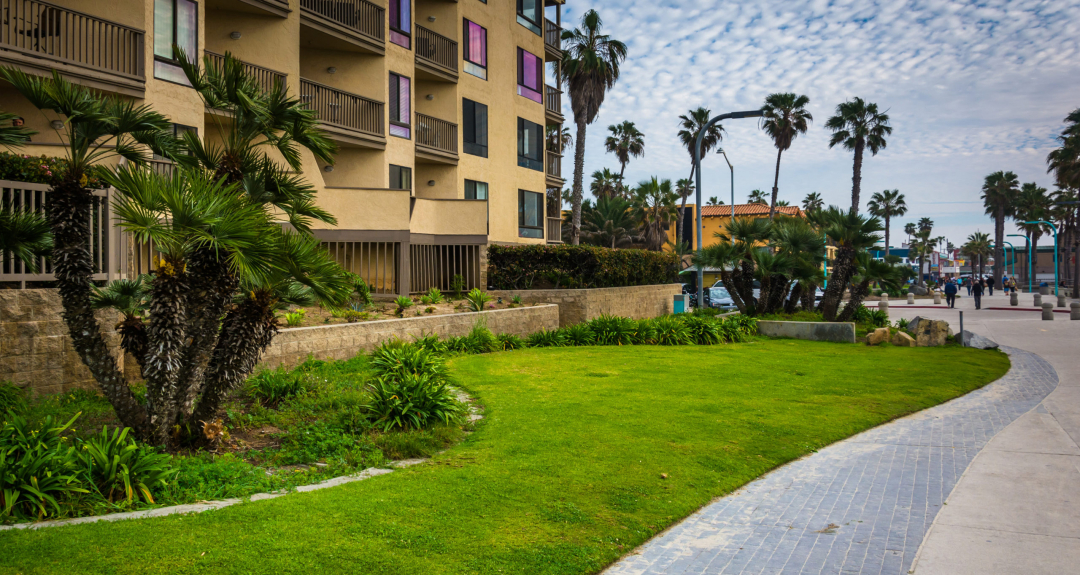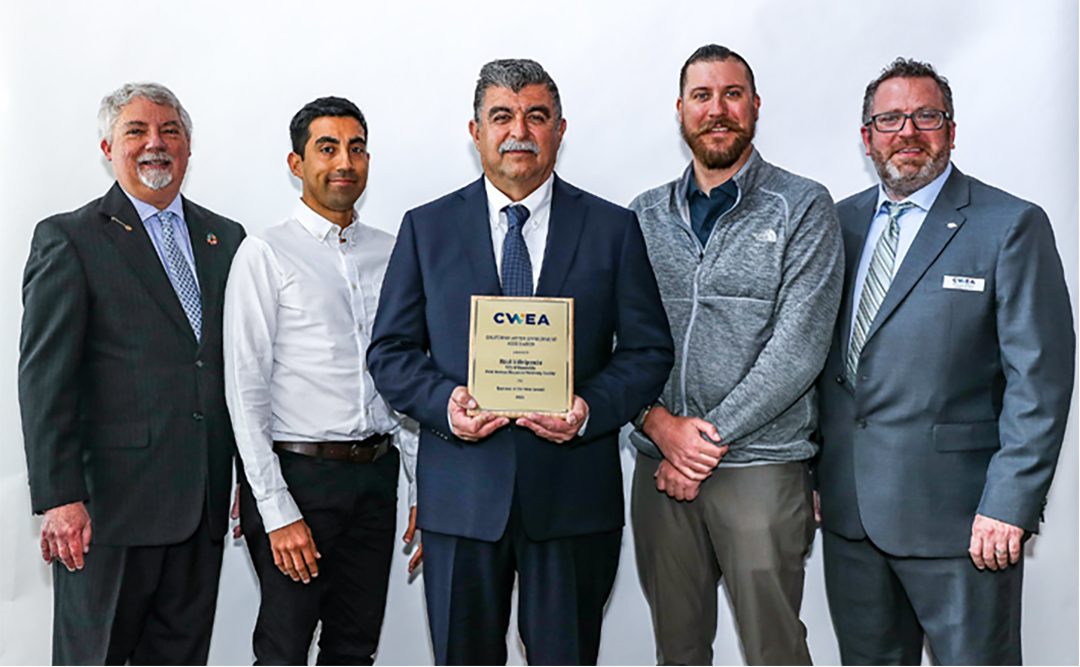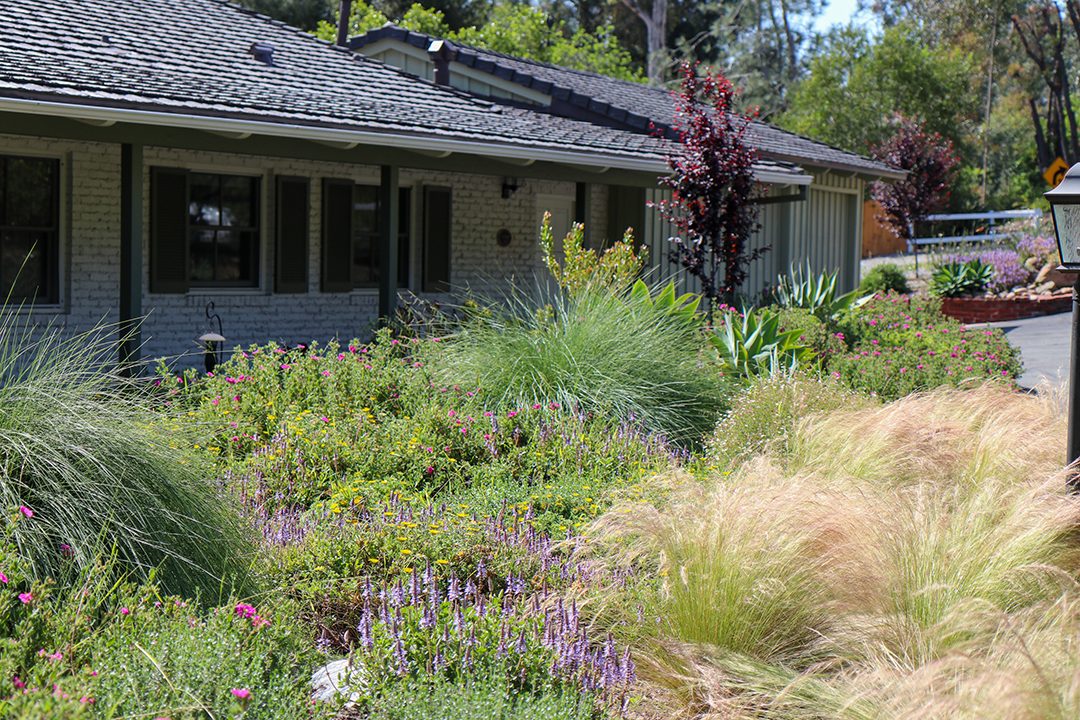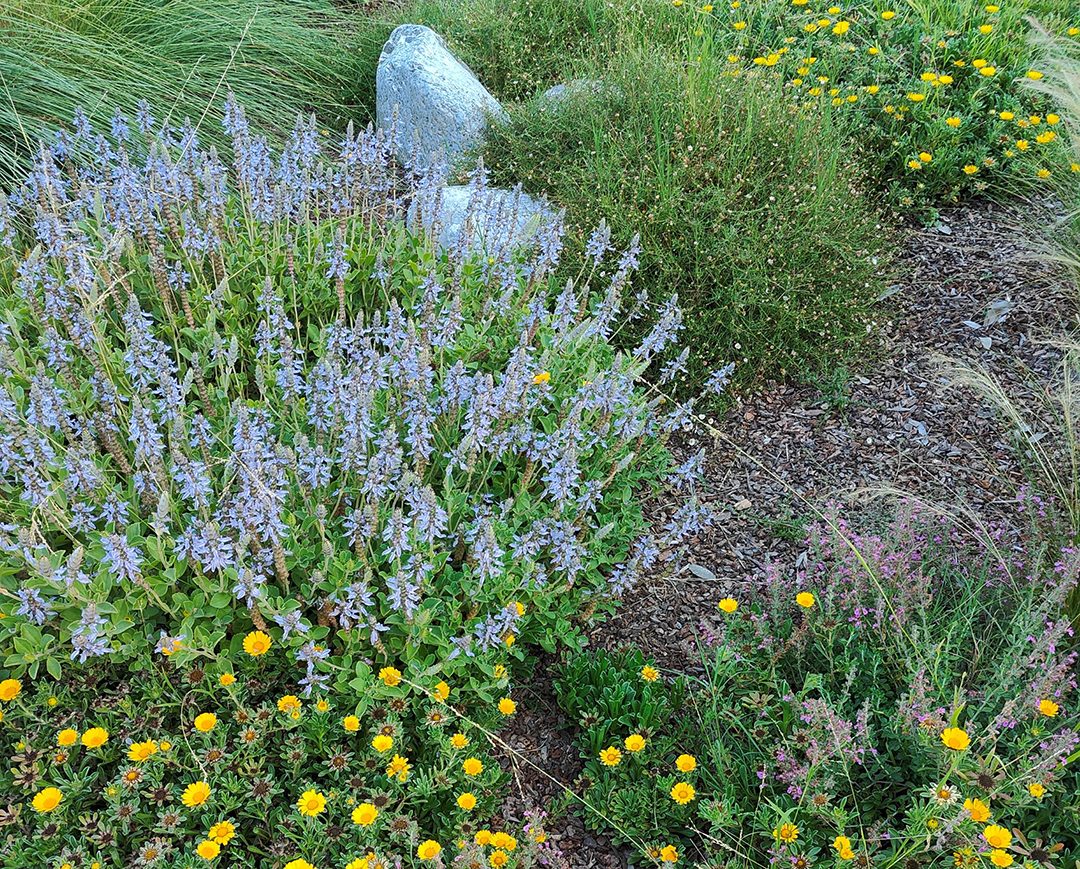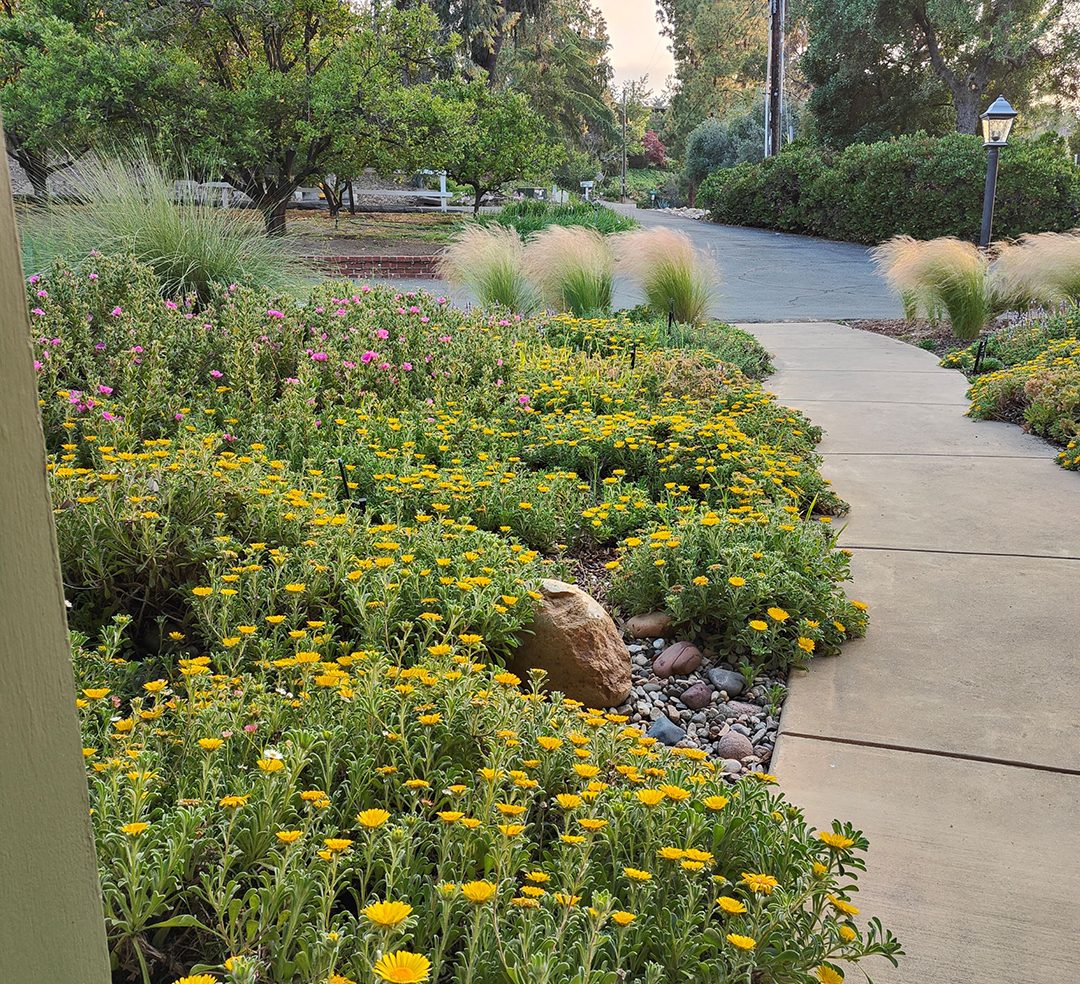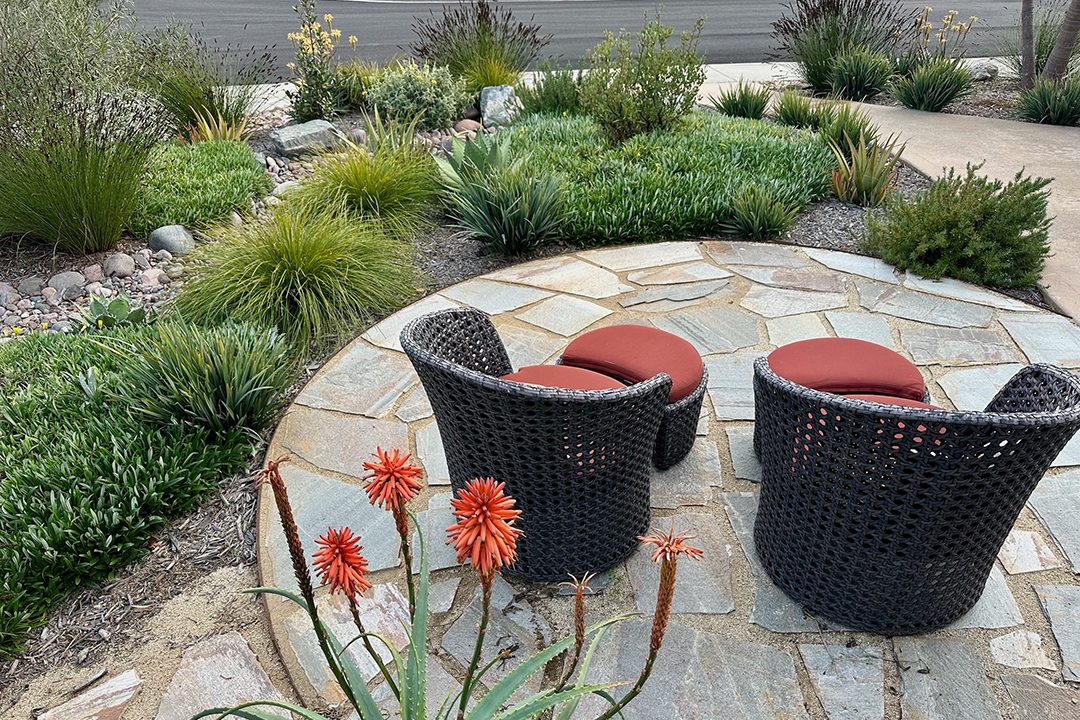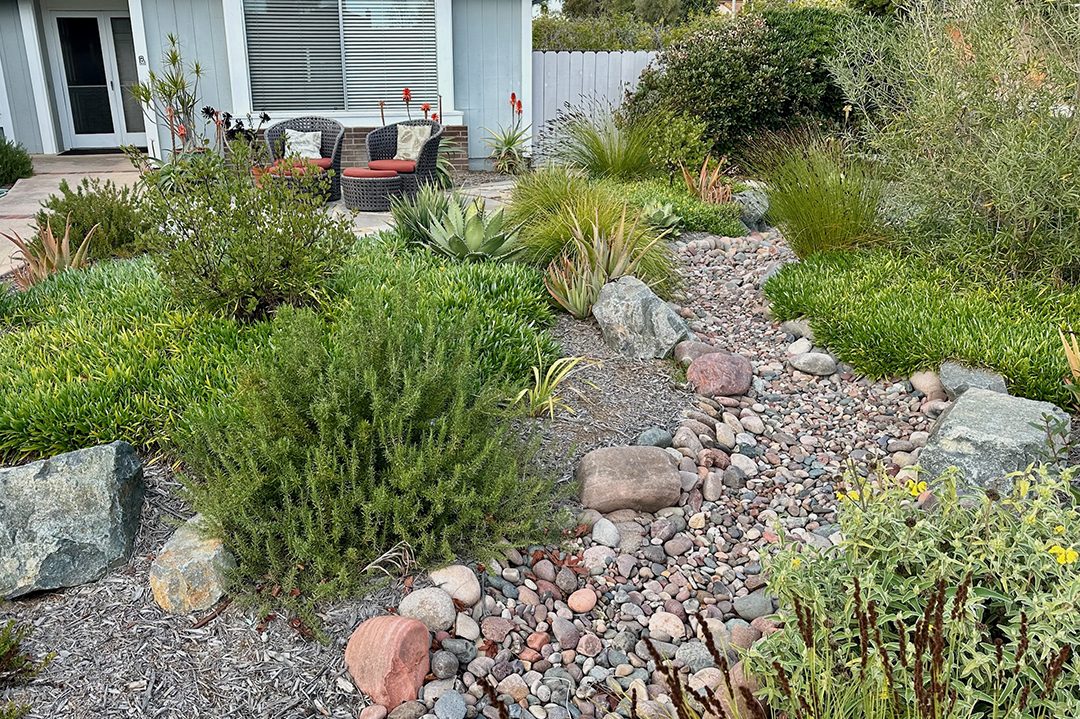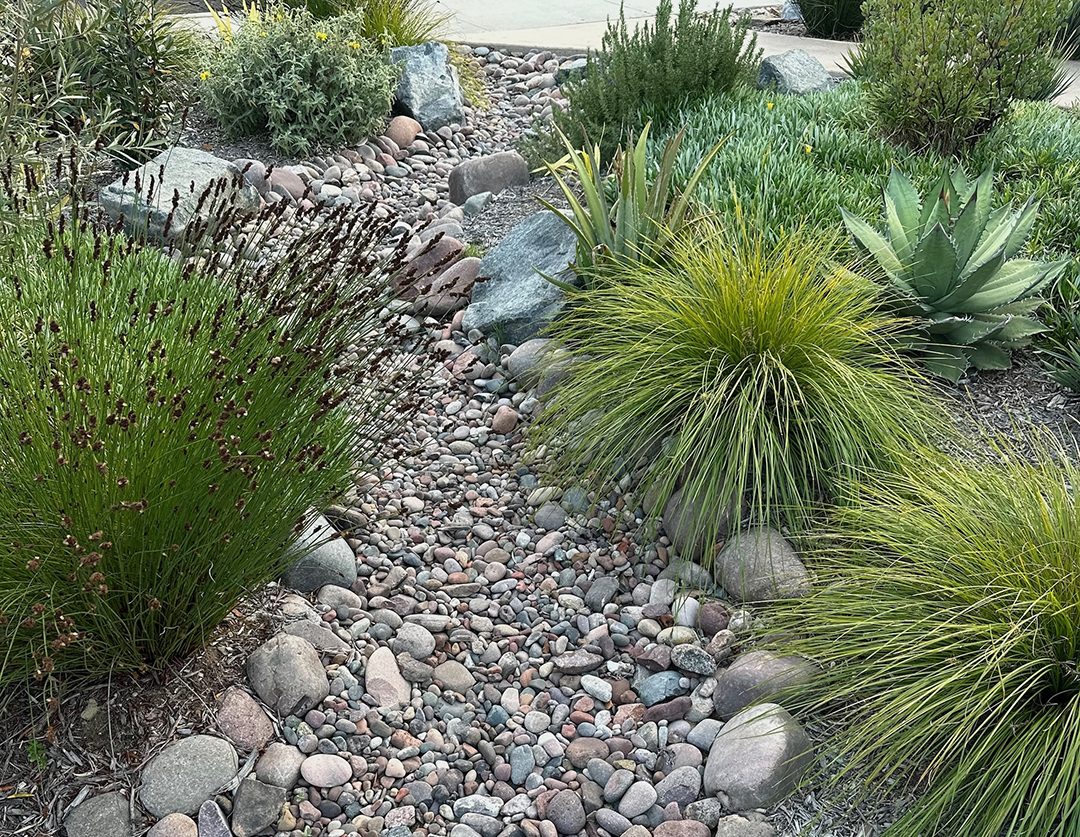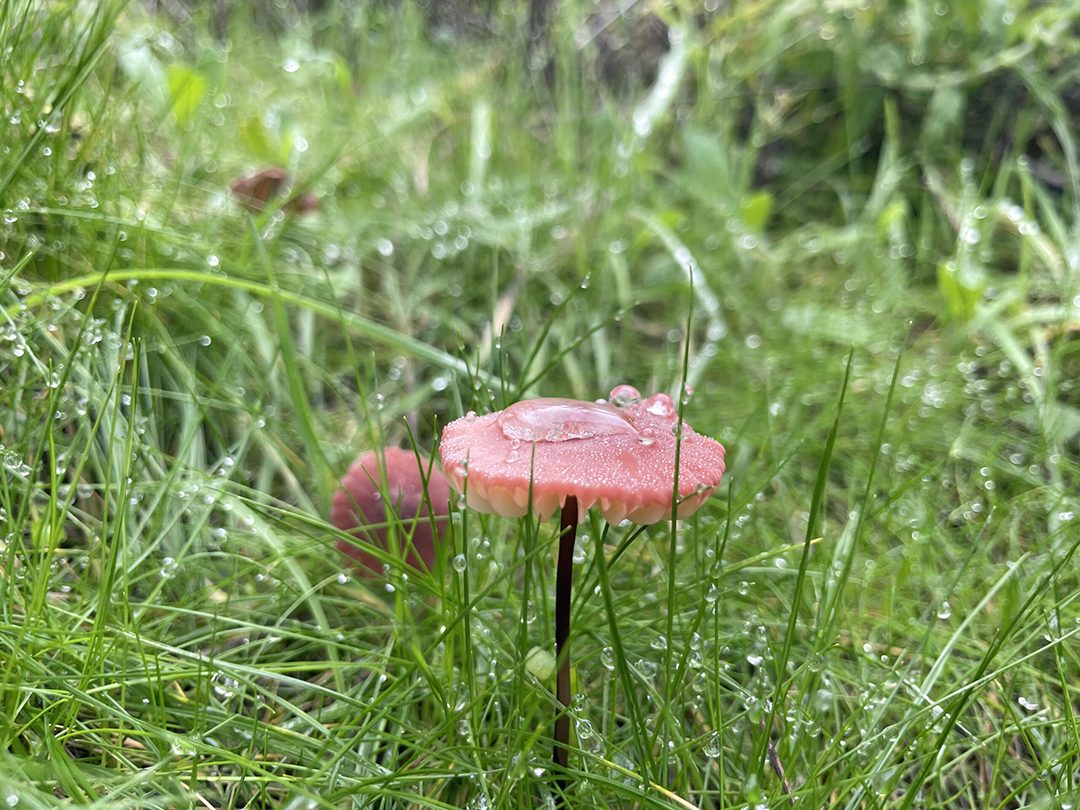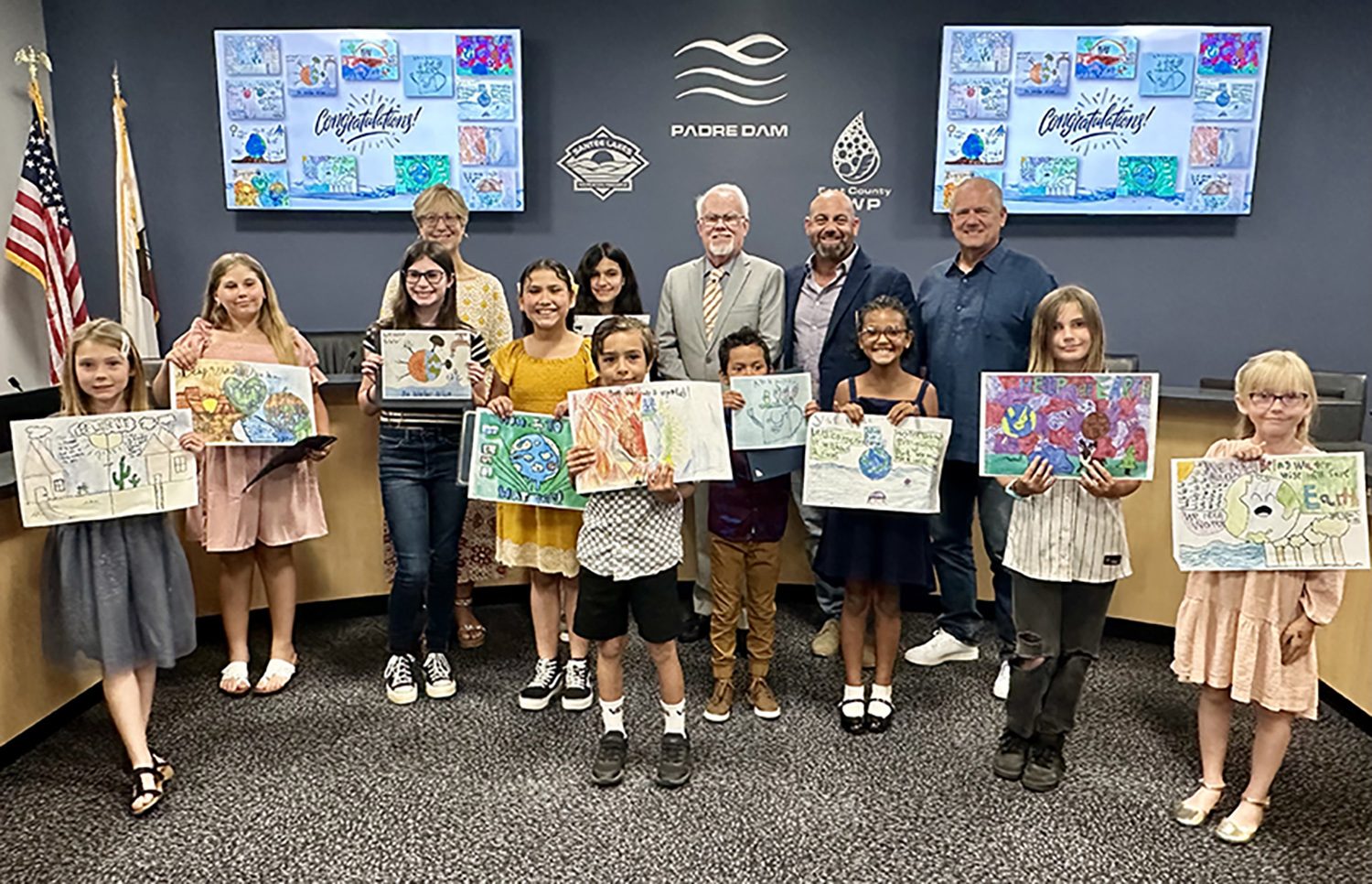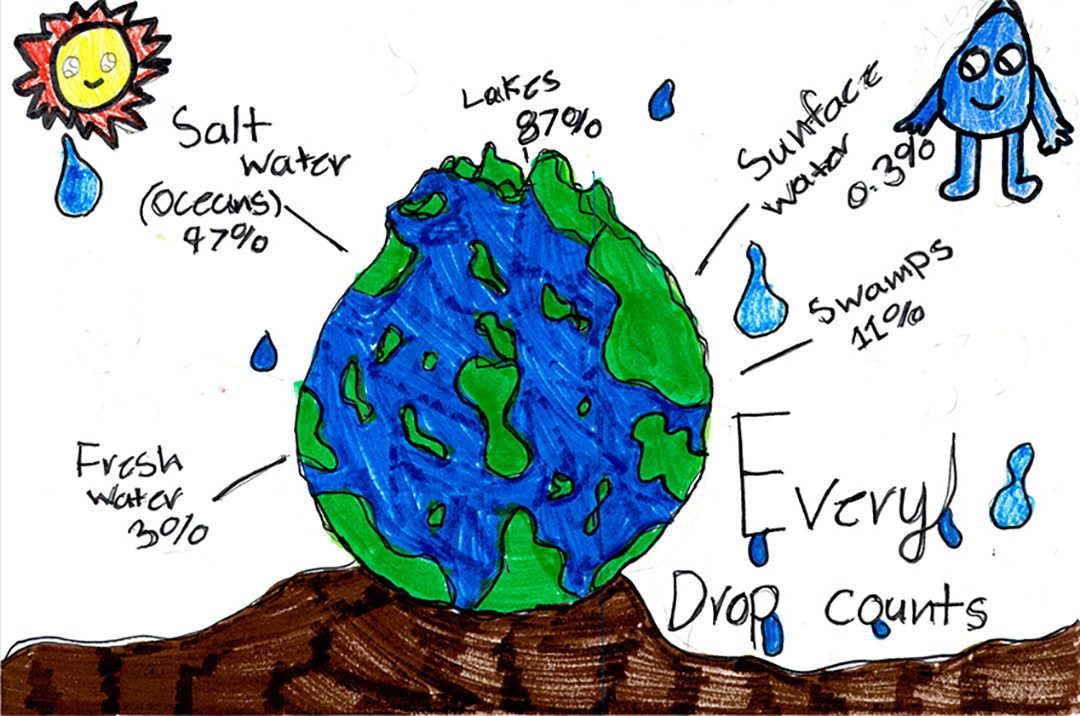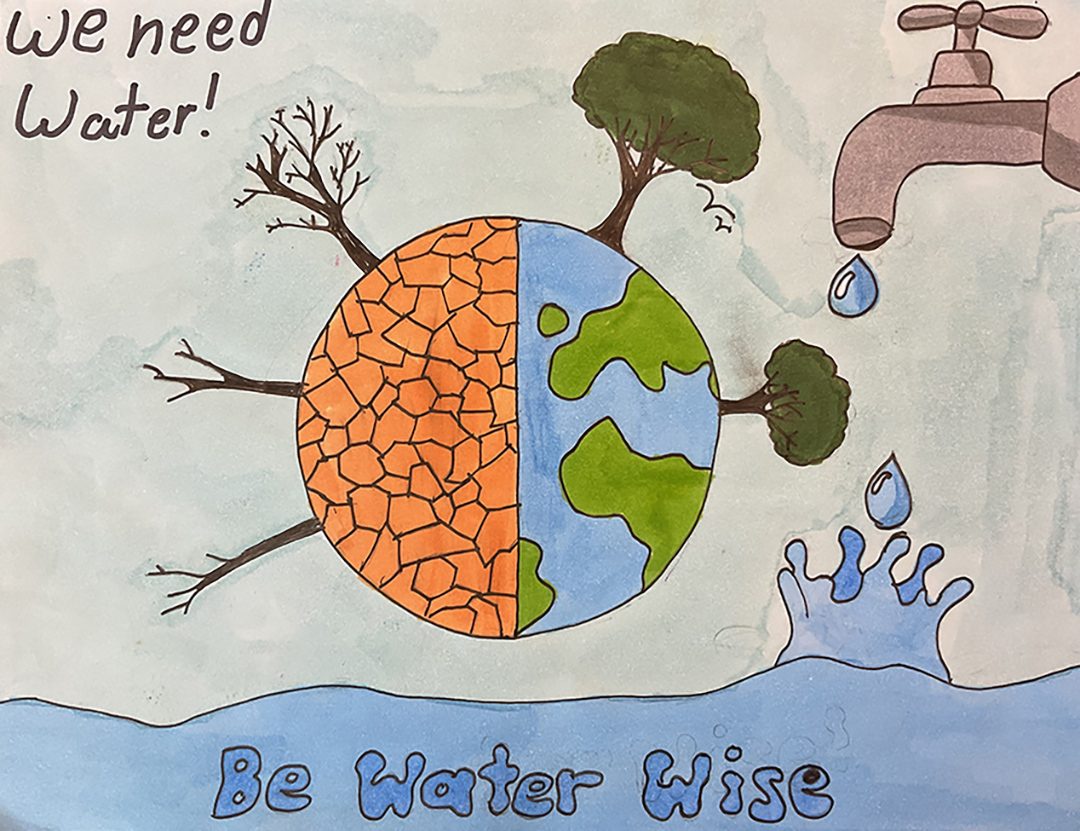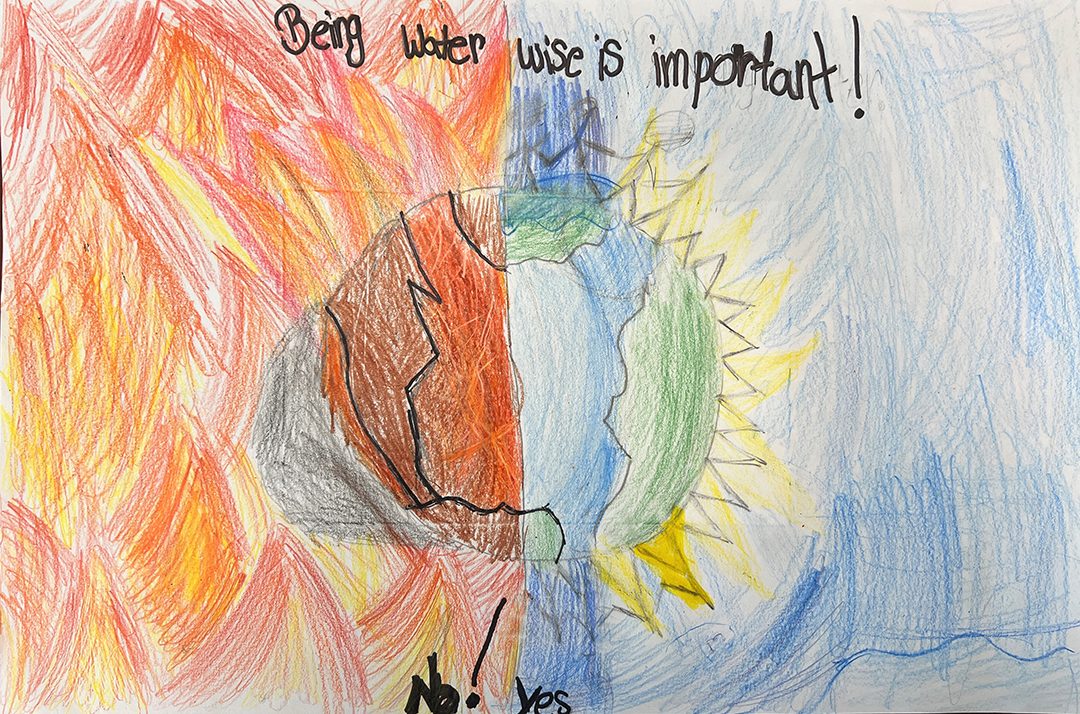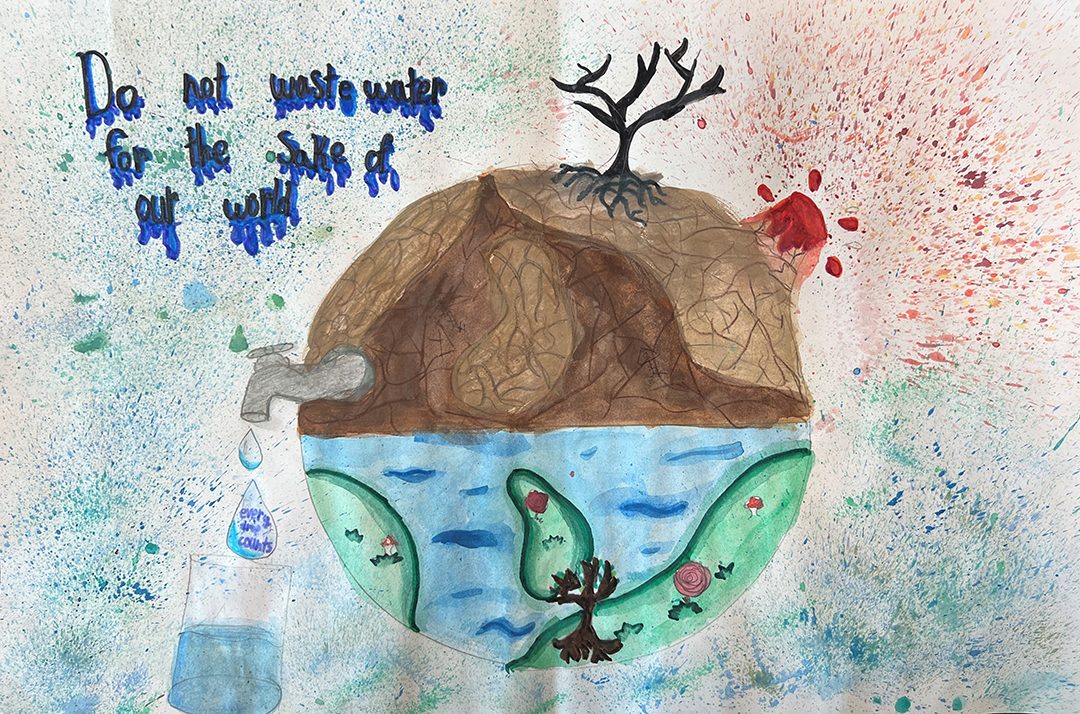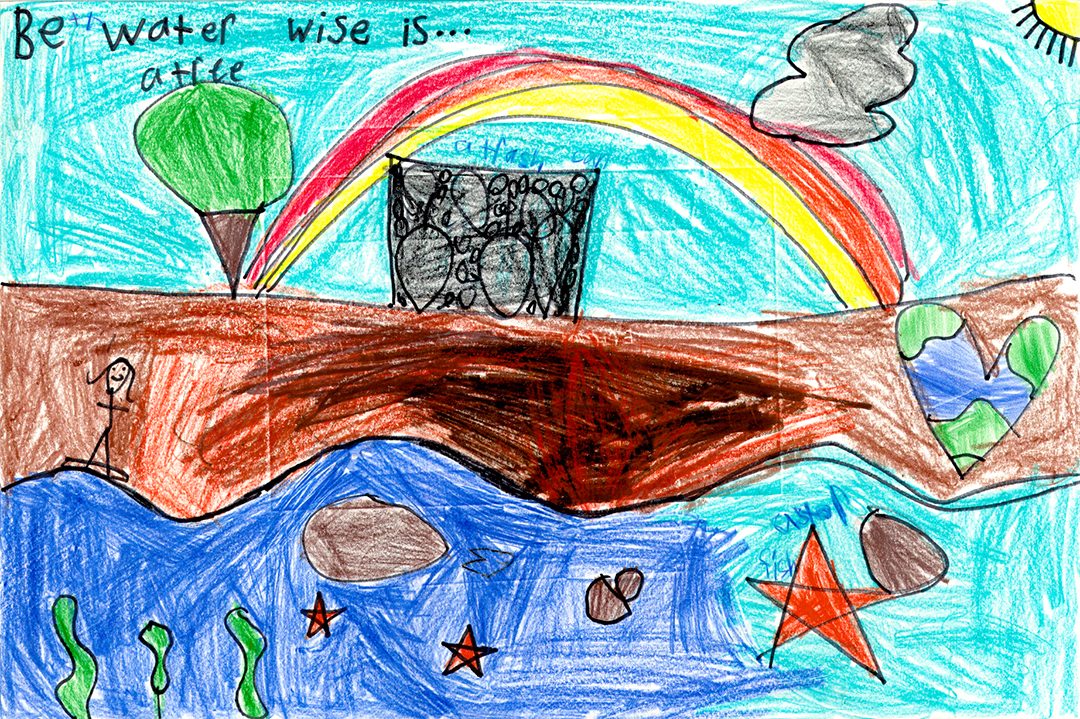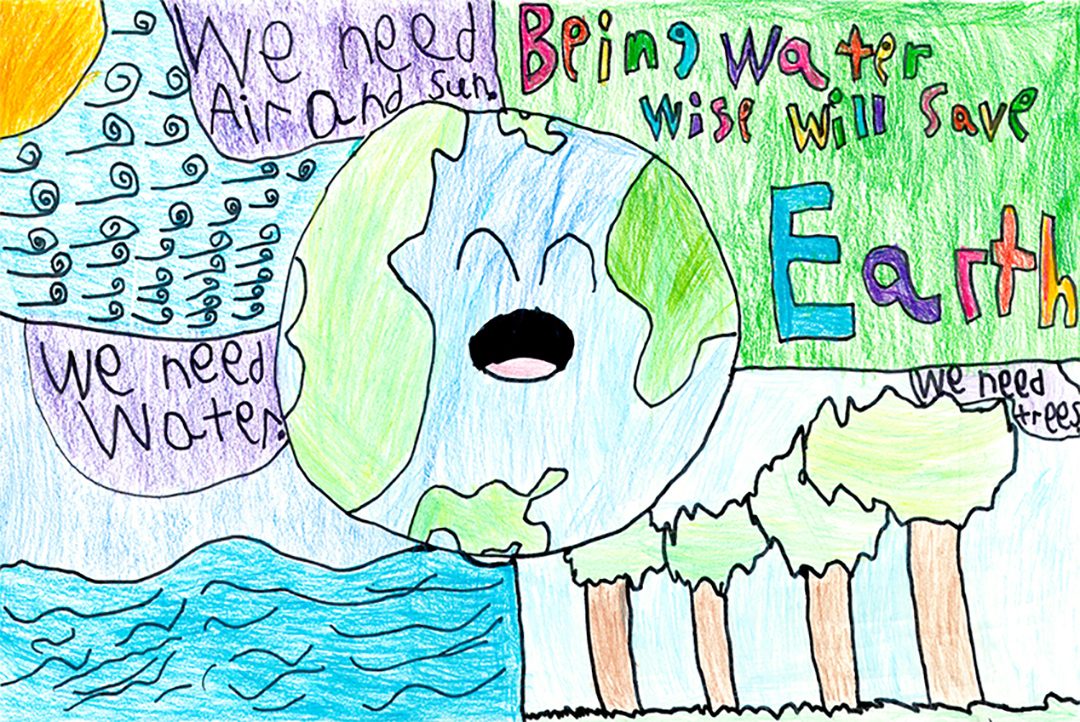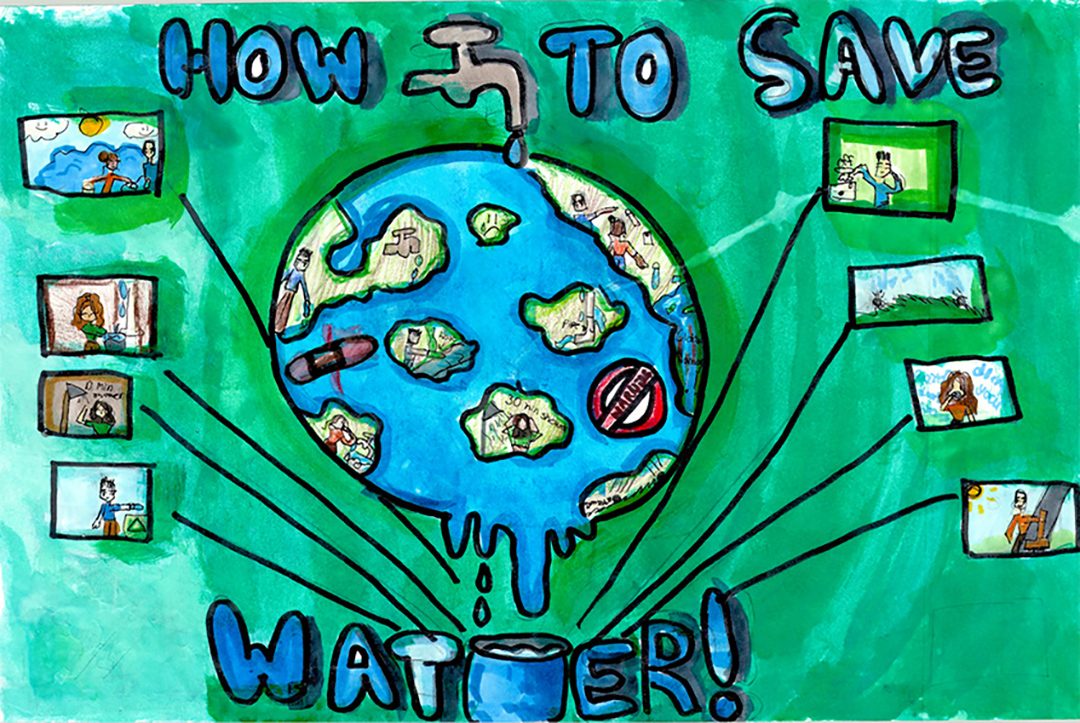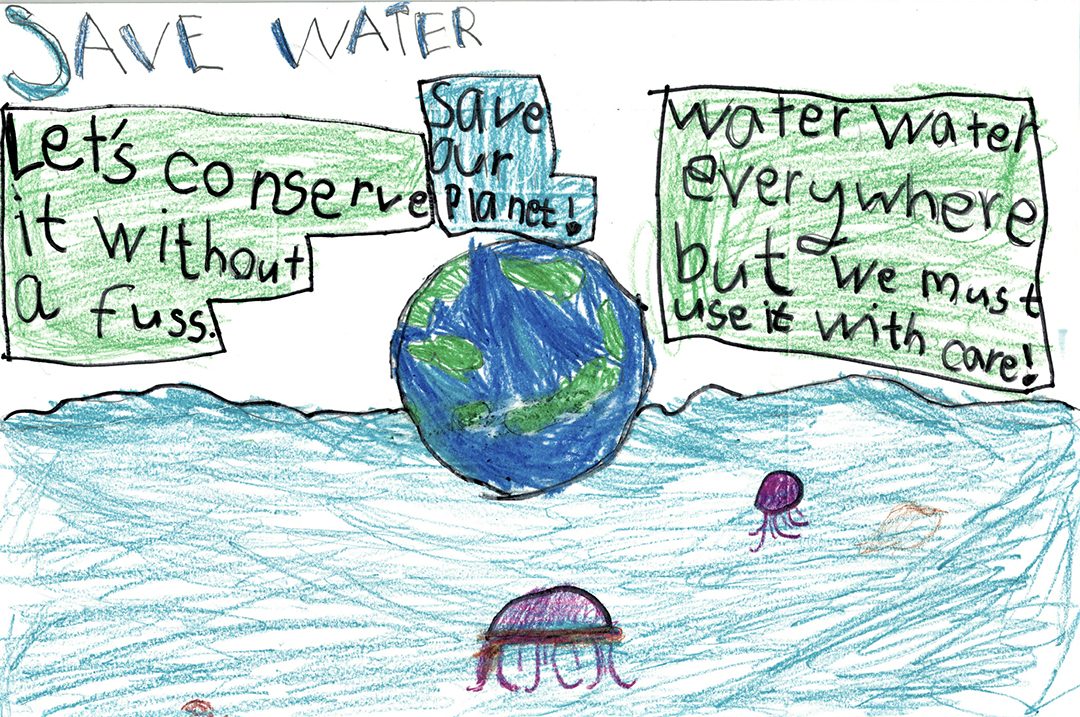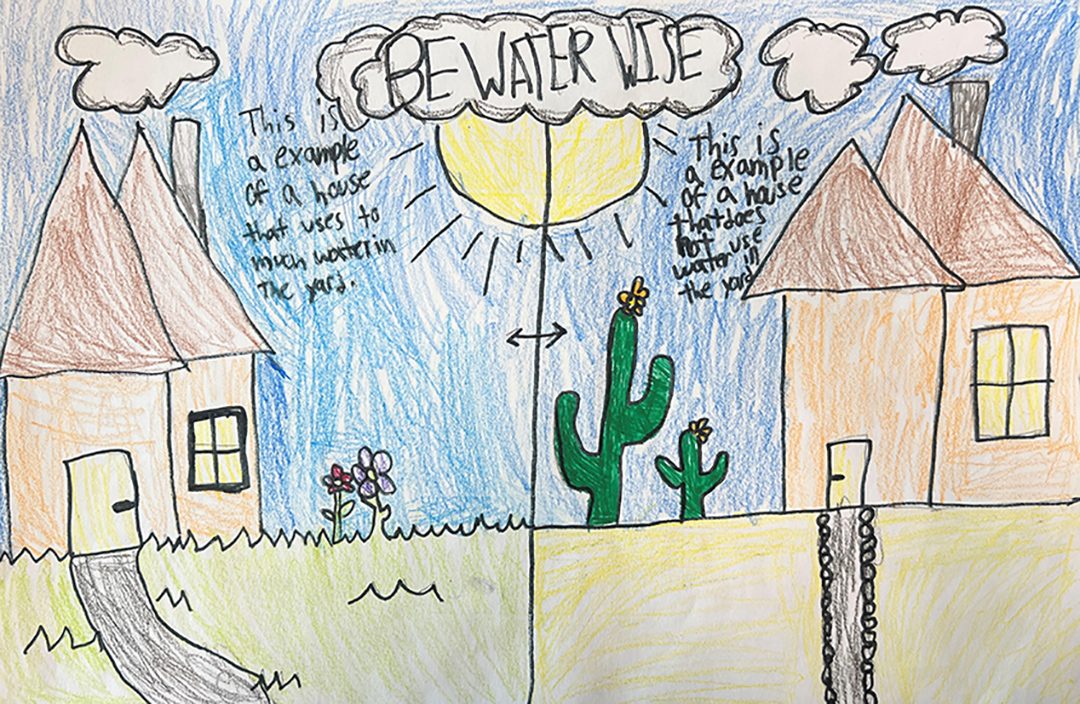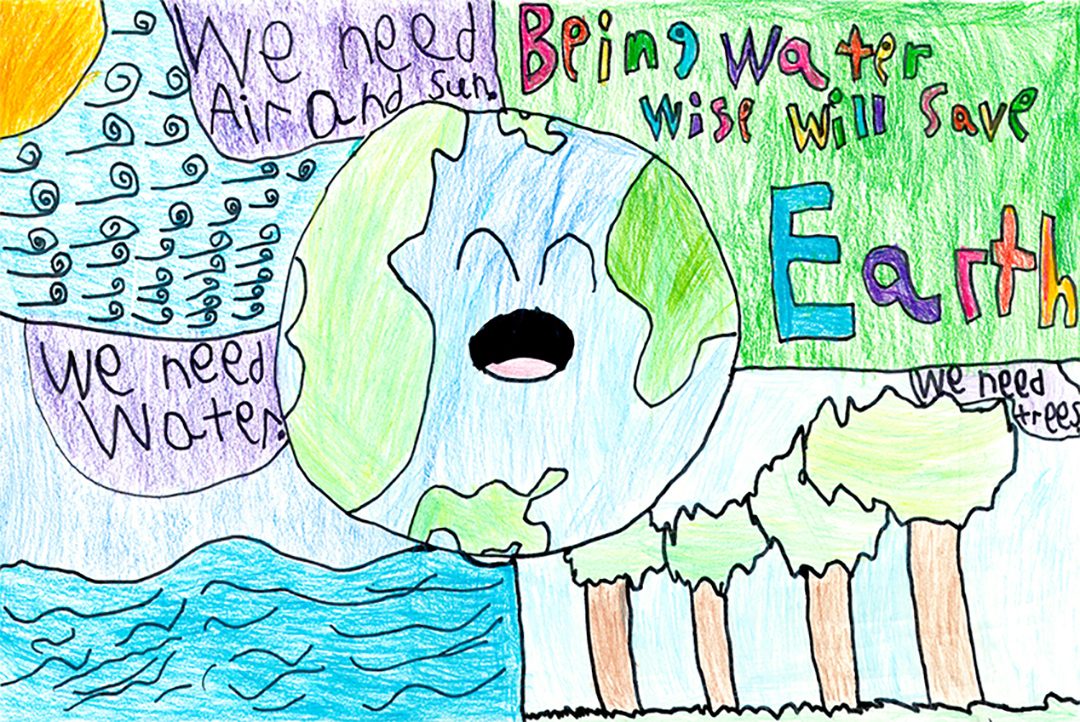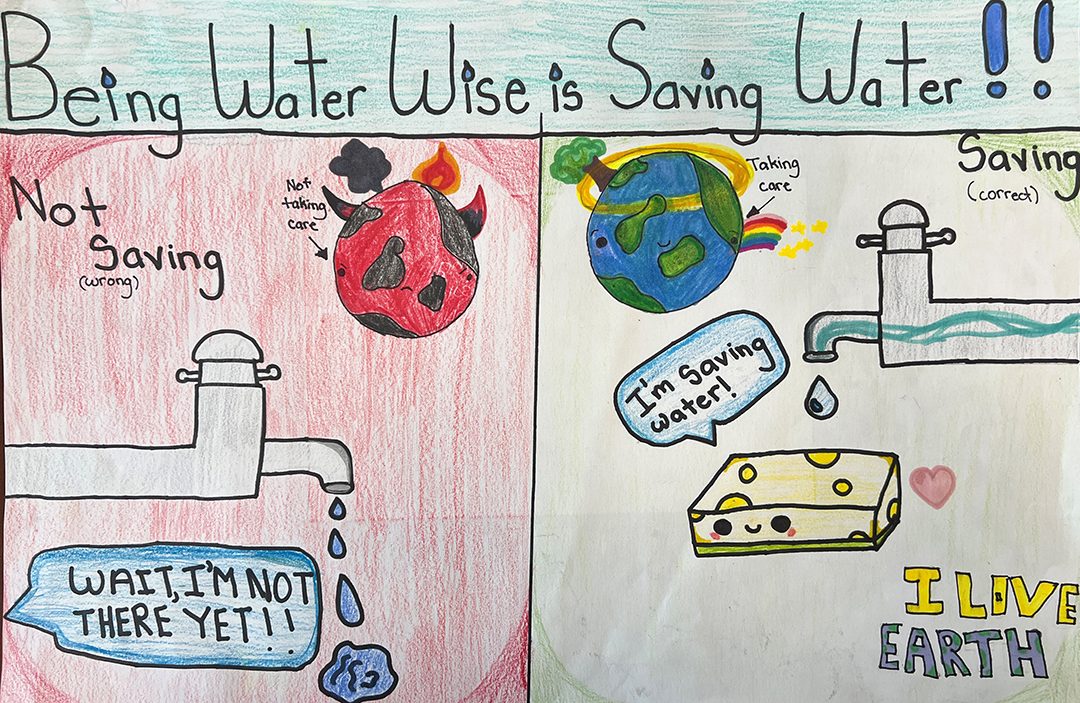Helix Water District Recognizes Top Photographers in Annual Photo Contest
Beautiful scenery, wildlife, and native plants are featured in this year’s winning photos in the annual Lake Jennings 2024 Photo Contest.
The contest is held annually by the Helix Water District. The District Board of Directors recognized the top photographers at its July meeting.
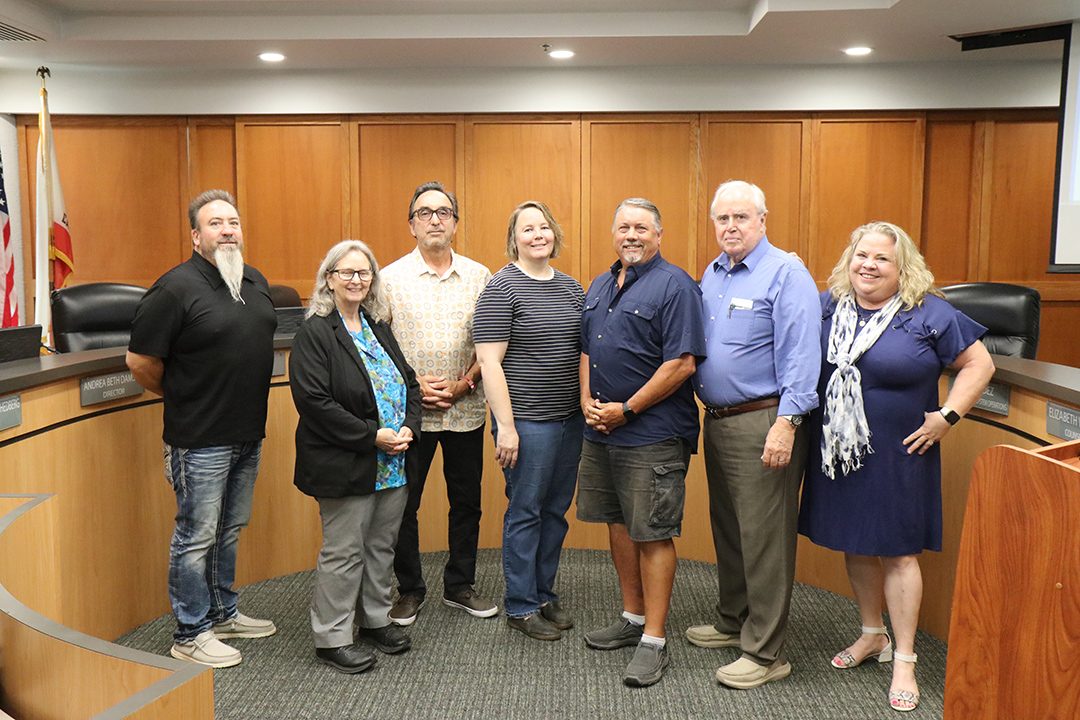
Adult Category winners Scott Lagace and Loraine Moreno with the Helix Water District Board. (R to L):
Director Kathleen Coates Hedberg, Board President Dan McMillan, Scott Lagace, Loraine Moreno, Director Mark Gracyk, Director Andrea Beth Damsky, and Vice President Joel Scalzitti. Photo: Helix Water District
The District runs the contest each year as a fun way to connect with its customers and recognize their achievements.
Now in its 13th year, the contest drew entries from throughout San Diego County. This year’s entries depict the beauty of Lake Jennings, considered among the region’s most scenic parks. The contest was open for photos taken between April 1 and April 30, 2024.
Youth Category Winners

“Tranquil Family of Ducks,” Aaron D’ Souza
First Place: Aaron D’ Souza, San Diego – “Tranquil Family of Ducks”
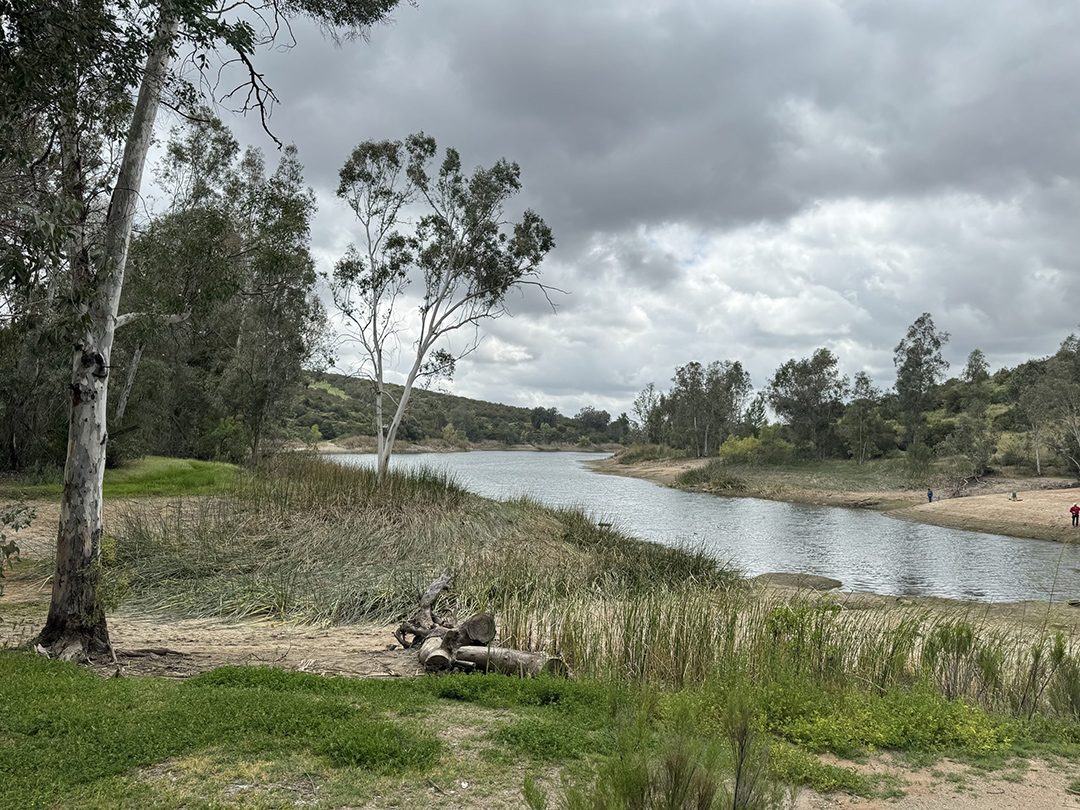
“Overcast,” Lillian Heilpern
Second Place: Lillian Heilpern, El Cajon – “Overcast”
Adult Category Winners
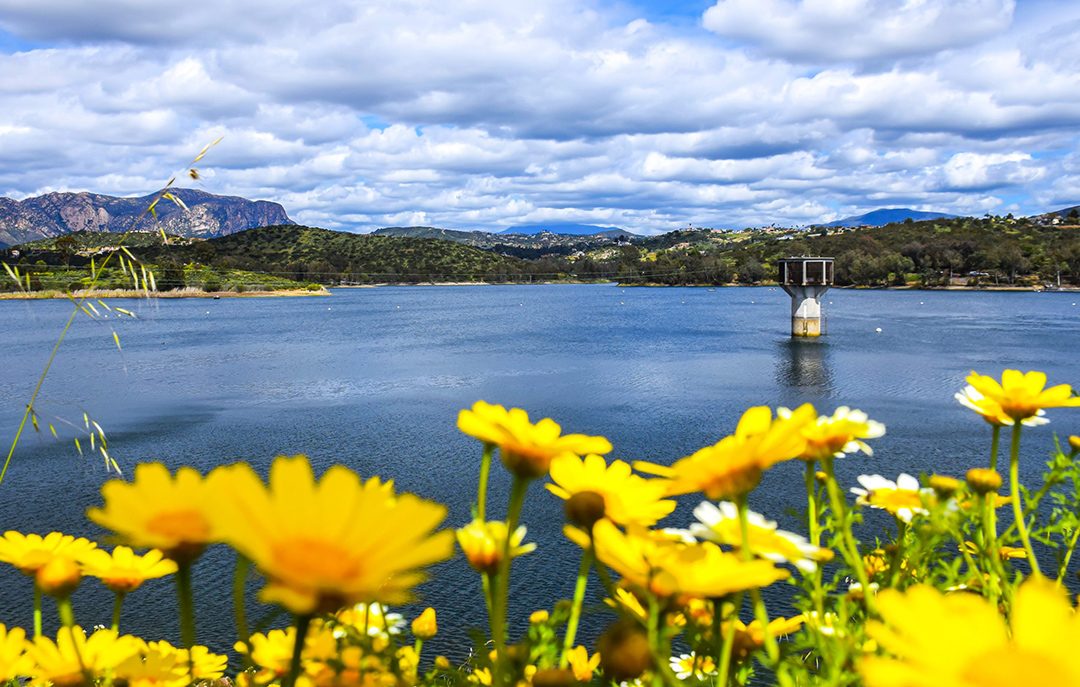
“A Spring Day at Lake Jennings,” Scott Lagace
First Place: Scott Lagace, Santee– “A Spring Day at Lake Jennings”
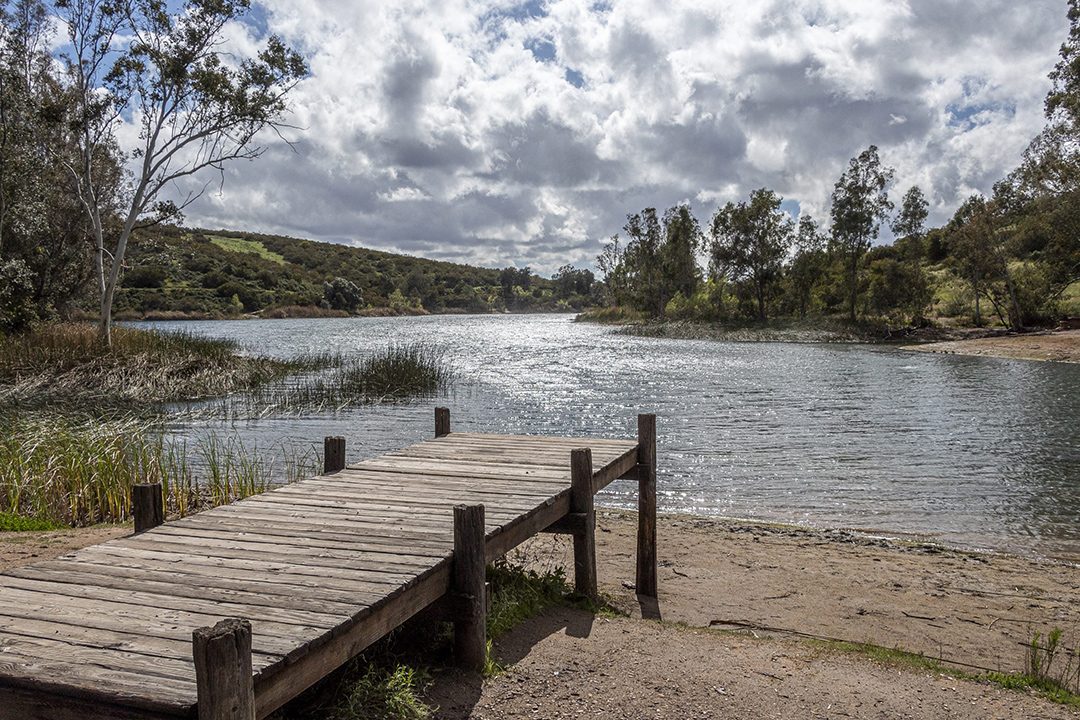
“Entre La Lluvia,” Loraine Moreno
Second Place: Loraine Moreno, La Mesa – “Entre La Lluvia”
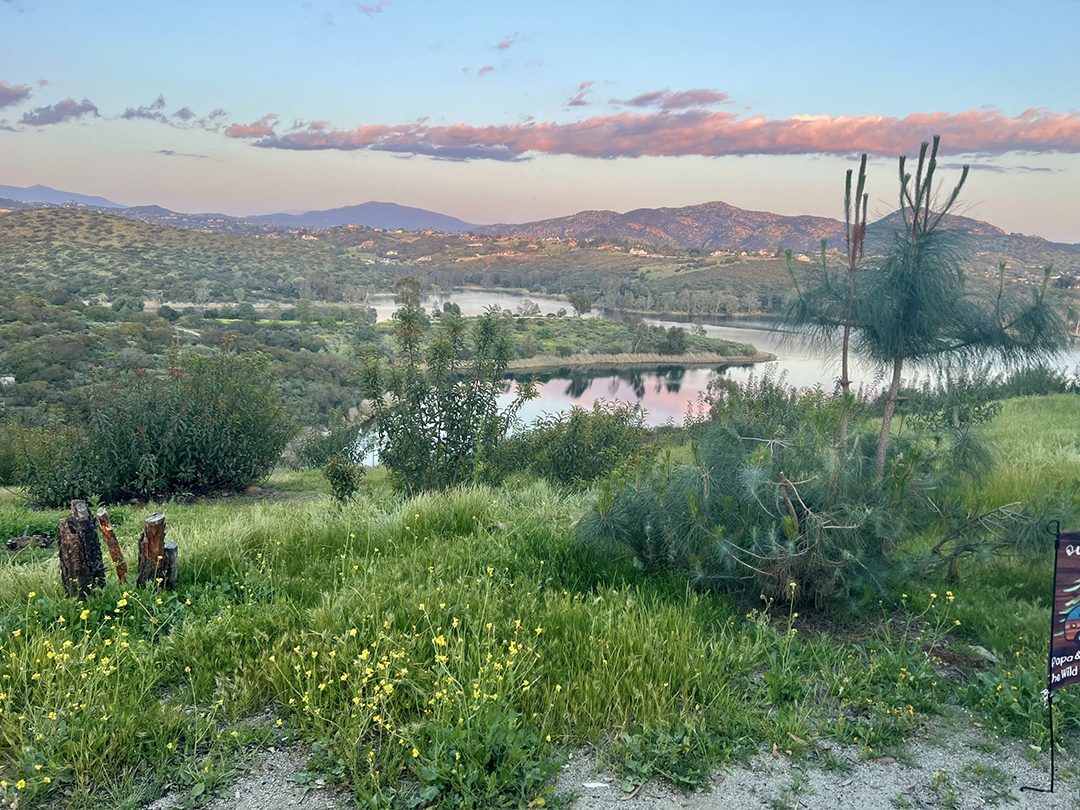
“Mountain Reflections at Sunset,” Cindy Luna
Third Place: Cindy Luna, Maricopa, Arizona – “Mountain Reflections at Sunset”
In the Youth Category, Aaron D’Souza won $50 for his first-place photo and Lillian Heilpern won a $25 Amazon Gift Card for her photo.
In the Adult Category, Scott Lagace received $100 for his first-place finish, Loraine Moreno received a $50 Amazon Gift Card and Cindy Luna received a Lake Jennings sweatshirt and hat. All top finishers also received a Lake Jennings day-use pass good for one year.
Lake Jennings is a welcoming recreation destination located in Lakeside, California, offering fishing, camping, hiking, and picnicking activities. The lake is a drinking water reservoir owned and operated by Helix Water District. The scenic views of the lake and the wooded surroundings make it feel as if you are in the middle of the wilderness, right outside of town.

